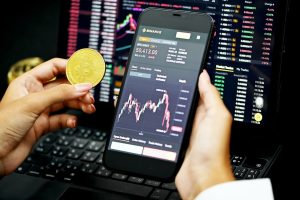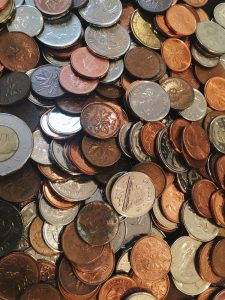Calculating the expected volume on forex pairs is an important step in developing a successful trading strategy. The volume of a currency pair refers to the number of contracts or shares that are being traded at a particular time. This information is critical for traders as it helps them to understand the underlying liquidity of a market and make informed trading decisions.
There are several factors that can influence the expected volume of forex pairs. These include the time of day, market events, economic releases, and trading sessions. By analyzing these factors, traders can get a better understanding of how much volume they can expect to see on a given currency pair at a particular time.
One way to calculate the expected volume of a forex pair is to use technical analysis tools. Technical analysis involves studying price charts and identifying patterns and trends in the market. By doing this, traders can identify key levels of support and resistance, which can help them anticipate where the market is likely to move.
To calculate the expected volume of a forex pair using technical analysis, traders should first identify the support and resistance levels on the price chart. They should then look at the volume indicators, such as the on-balance volume (OBV), to see how much volume is being traded at each level.
For example, if a currency pair is trading within a range, traders can expect to see lower volumes at the support and resistance levels. Conversely, if the currency pair breaks out of this range and starts trending, traders can expect to see higher volumes as more traders enter the market.
Another way to calculate the expected volume of a forex pair is to look at market events and economic releases. These events can significantly impact the volume of a currency pair as traders react to the news and adjust their positions accordingly.
For example, if a major central bank announces an interest rate decision, traders can expect to see higher volumes on the currency pair affected by the decision. Similarly, if a country releases a strong economic report, traders can expect to see higher volumes on the currency pair of that country.
To calculate the expected volume of a forex pair based on market events and economic releases, traders should keep an eye on the news and economic calendar. They should also monitor the price and volume movements of the currency pair leading up to and immediately following the event.
Finally, traders can calculate the expected volume of a forex pair by analyzing the trading sessions. The forex market is open 24 hours a day, five days a week, and is divided into four main trading sessions: the Asian session, the European session, the North American session, and the Pacific session.
Each session has its own characteristics, with different levels of liquidity and trading activity. By understanding the trading sessions and their impact on the market, traders can anticipate how much volume they can expect to see on a particular currency pair.
To calculate the expected volume of a forex pair based on the trading sessions, traders should look at the historical data and identify the busiest and quietest times for the currency pair. They should also consider any upcoming holidays or market closures that may impact trading volumes.
In conclusion, calculating the expected volume of forex pairs is a crucial step in developing a successful trading strategy. Traders can use technical analysis, market events and economic releases, and trading sessions to anticipate how much volume they can expect to see on a particular currency pair. By doing so, they can make informed trading decisions and improve their chances of success in the market.






